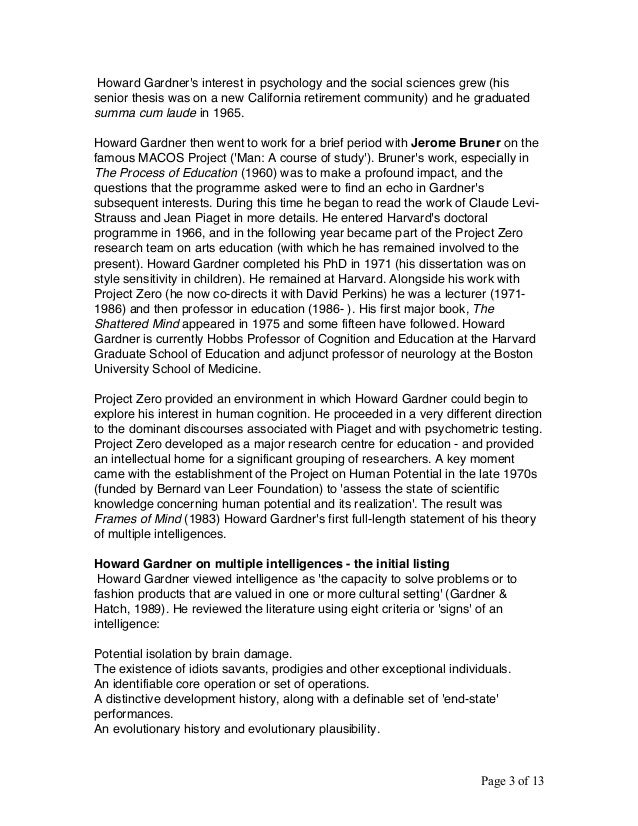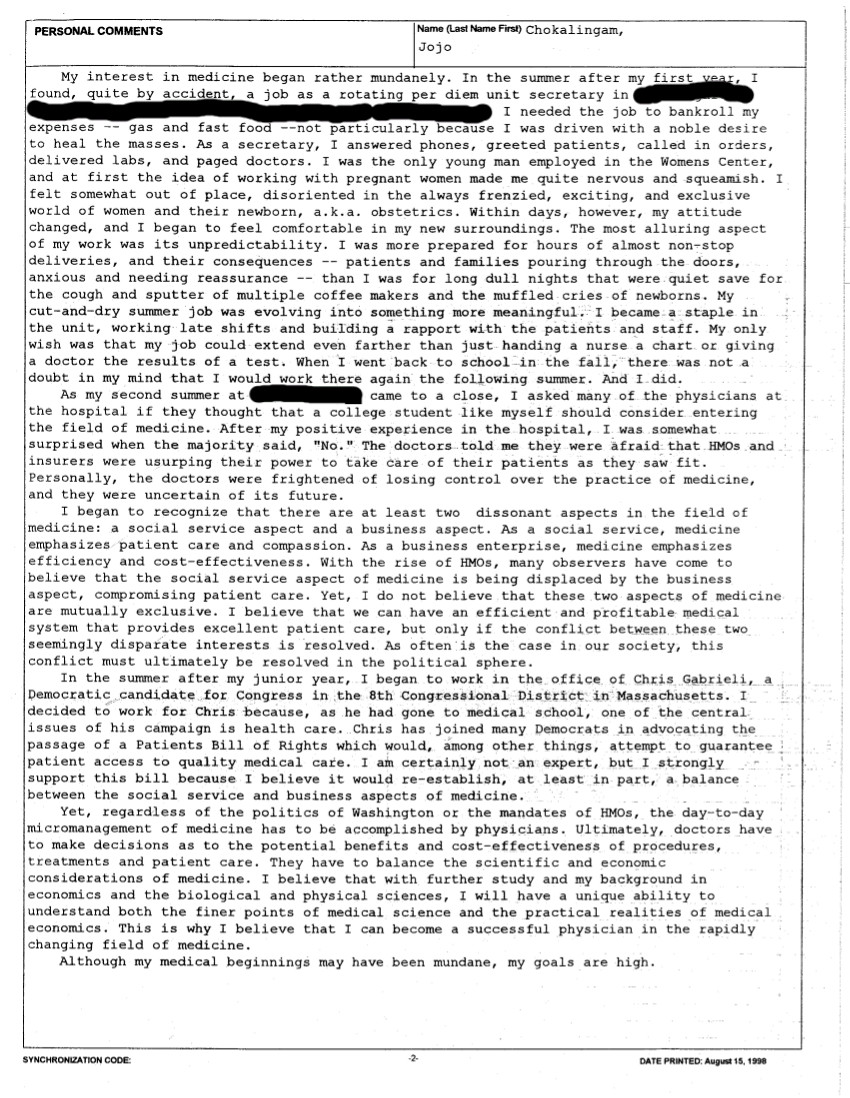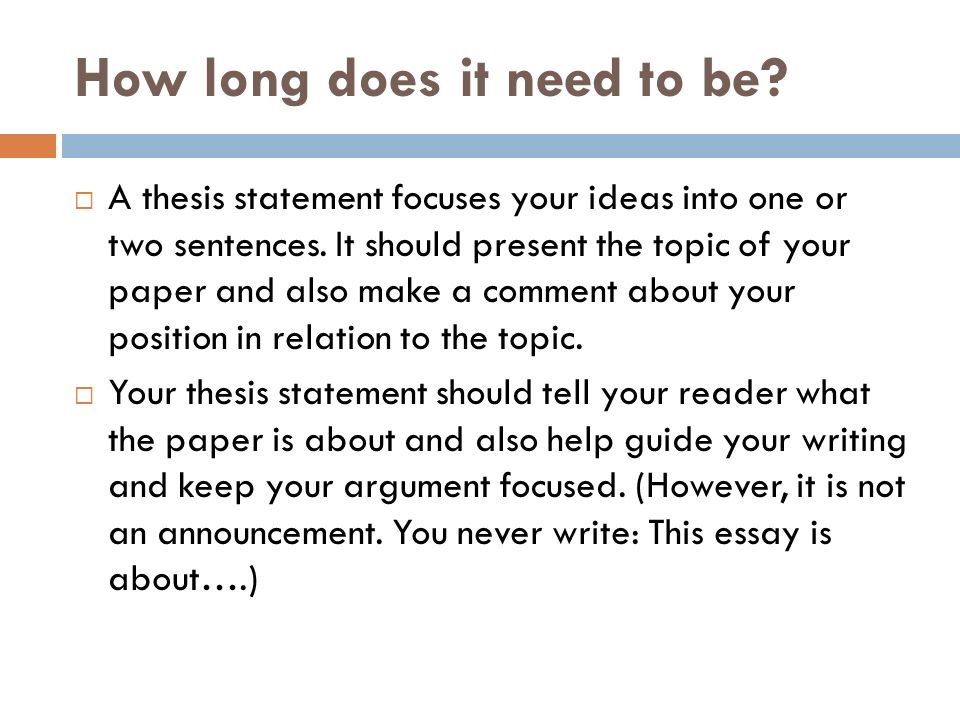As physics practical write-up ?!!! - The Student Room.
Science Planning Grids A wonderful set of planning sheets which children can use when carrying out experiments. There are four versions, which are differentiated according to age group.
Experiment Writeups. Curious to see how our experiments have turned out over time? Look no further than right here! As experiments are conducted by the IGORs (and others - if you have an experiment you want to talk about or have linked to - let us know!), writeups will appear here. They'll generally appear a week or so after their podcast. So sit back and enjoy some beerology! Writeup: Dark.
Writing up an experiment lesson plan template and teaching resources. A PowerPoint encouraging students to think about how to write up an experiment. Students then observe a hydrogen balloon explosion and complete the squeeky pop test and write this up.
Add to the Methodology document a write-up of our usability experiments. It should look something like these steps: - record research question a. start with short list of projects b. identify tasks for the study subject to do, at least one task to modify the software c. survey the study subject d. observe them doing the tasks, take notes, time duration e. survey the study subject f. pair-wise.
Section B of the Leaving Cert Biology paper has 3 questions based on the mandatory experiments on the course. There's 22 in total so it can be hard to remember the exact details of all the different experiments, especially when you have to read them from your copy or textbook. Check out this Youtube playlist of all the main leaving certificate biology experiments we've put together for you.
For all experiments, appropriate risk assessments should be done and hazcards studied etc. This section just illustrates the use of hazard warning signs with common examples, and may NOT provide sufficient detail for specific experiments, concentrations, coursework write up etc., but Google can! Symbol.
Taking some time to set these experiments up can make your life much easier and allow you to better focus on the results of the experiment. First, grab three glass beakers. Make sure the beakers are transparent. Fill a large pitcher of water or do your experiments near a tap. Also, get three different colors of food dye. To be very precise, you will want a thermometer, but you don't need one.









